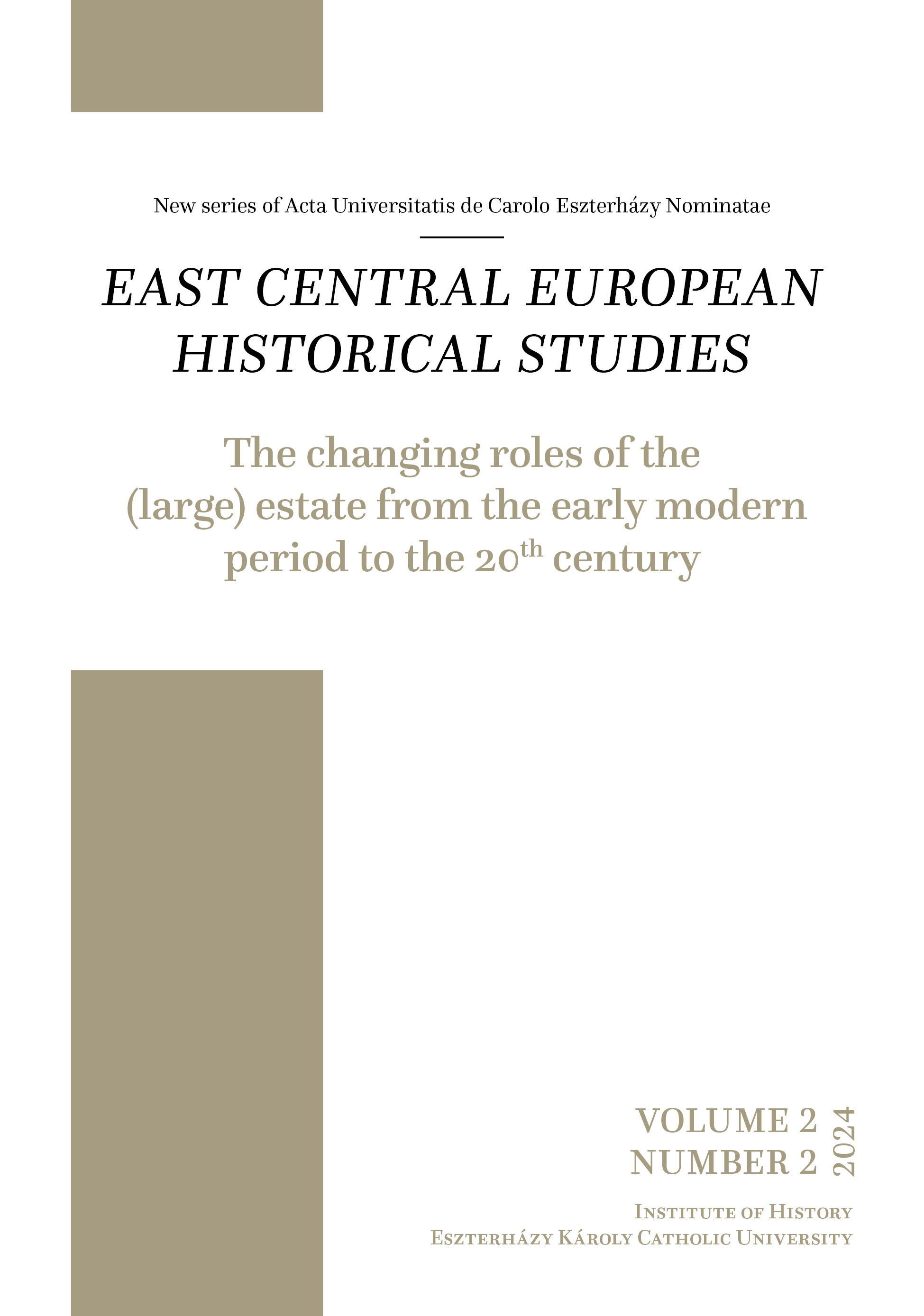Differences in the profitability of small and large estates (1780–1930)
Main Article Content
Abstract
The competitiveness and productivity of large and small estates - and through them the income and development of the people living there - has long been an important and controversial issue of Hungarian historiography, which also has political overtones. In this paper we summarize the results of our research over several years and examine the yield per acre of small and large estates in different areas of the country (Central Tisza, Baranya, Viharsarok) in different time periods (1780, 1865, 1910, 1935), restricting ourselves to agriculture and examining pure cadastral land income due to lack of data. Focusing on the farm type, the conclusion is (without going into methodological problems) that it is a spatially and temporally diverse phenomenon, which is dependent on the marketed volume (revenue), soil quality and land use, in addition to technology and crop (utilisation). Therefore, the question whether large or small farms are more productive cannot be decided categorically, the answer depends on the size of the sample area, the year of the survey and the productivity of the estate, as well as on the size of the income not available in the statistics - and it is therefore unsuitable for legitimisation of certain agricultural policies of political regimes. The quality of life of social groups living on large and small farms, socio-demographic indicators and the relationship of serfdom and contemporary peripheralisation will be analysed in a later paper.
Article Details

This work is licensed under a Creative Commons Attribution 4.0 International License.

